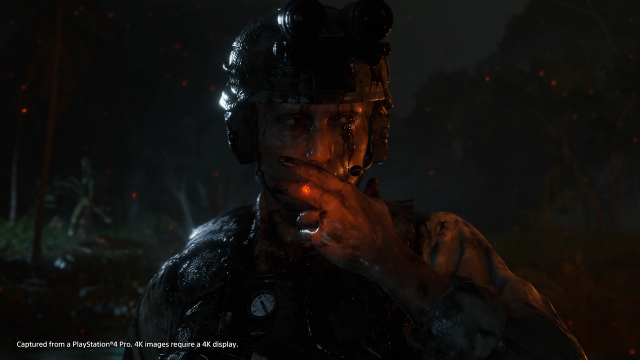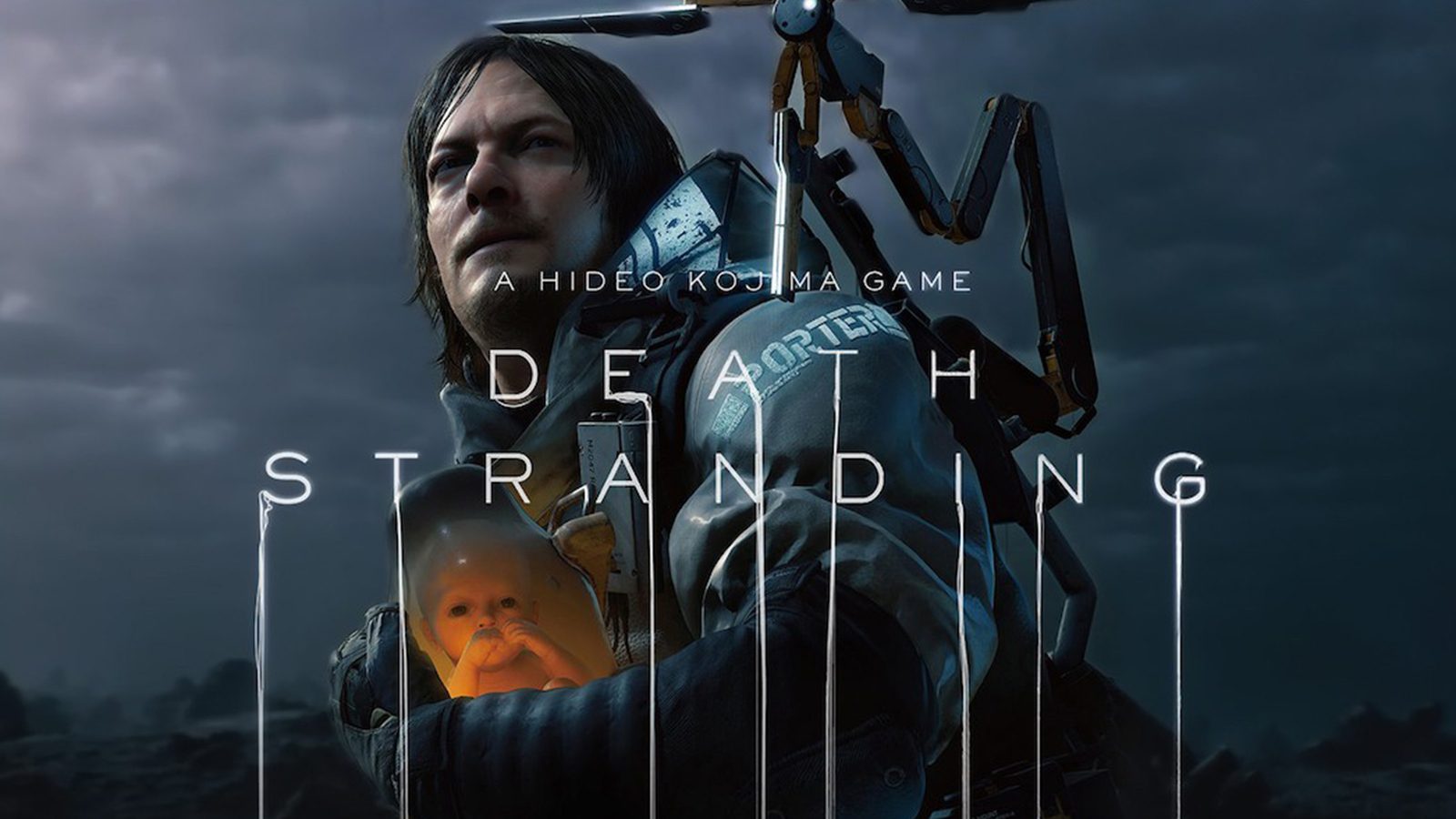Just before the madness of E3 2019 took over the entire conversation in the games industry, the hot topic of the week was one that was taking its third or fourth lap around the industry: Death Stranding is weird. Really weird.
Despite the history surrounding Kojima’s weirdness and the Metal Gear Solid franchise, no one could easily disagree that Death Stranding isn’t out there. In the retinue of developers that embrace the strange, such as Suda51, Hideki Kamiya, and Kenji Eno, Kojima wears the crown. Many flock to his games because they carry a certain flair.
However, it’s also understandable that some are still left scratching their heads after having seen more of Death Stranding.
Every time Kojima comes out to some stage somewhere to reveal another nine-minute trailer, the plot only gets murkier.
Infants encased in some sort of gel, strapped to Norman Reedus’ chest like he’s wearing a BabyBjörn, Mads Mikkelsen repeatedly emerging from black sludge with a small militia surrounding him, Troy Baker’s character removing a mask only to reveal… another mask. Guillermo Del Toro is even hanging around. Yes, Death Stranding is weird, but that’s a beautiful thing.
Kojima’s next project deserves your awe. Death Stranding should be championed as an exception to the overwhelming rule of video game spoon-feeding.
The weirdness of Death Stranding could not survive many publishers, and would certainly never be greenlit at all if it weren’t for Kojima’s involvement and history of success.
It appears Sony gave him carte blanche to make his next game after his highly publicized divorce from Konami back in 2015. His reputation precedes him, and that allows for the sort of wacky risk-taking seen in every moment of Death Stranding since its reveal. If this were anyone else presenting this game, the original pitch to publishers would be dead on arrival.
For the last ten years, games have operated on two parallel paths, rarely converging.
On one path, you have the big budget games. They have all the flair and style and mechanics cutting edge technology can give us. They are bloated, take many dozens of hours to complete, and leave us feeling like there’s always more to do. But they are, from an overview, pretty reminiscent of one another. The open world of Horizon: Zero Dawn is not so different from Assassin’s Creed, which itself is not so different from Batman Arkham Knight. Though some might innovate, they all certainly iterate.
On the other path are the indies. This is where games are allowed to get experimental and do things which, in some cases, no one has ever done before. Games like Gone Home or SOMA, while tightly budgeted, are freed from the burden of overhead and investor meetings, so naturally those projects often end up feeling like the definitive experiences of their creators. They aren’t weighed down by too many cooks in their kitchens.
What it appears Kojima has been able to do with Death Stranding is build a bridge between these two worlds — ironic given the themes of the game. He received a green light from one of the world’s biggest publishers, was given what feels like a limitless budget, has turned every stage show into his own cryptic mess of movie magic, and now that we know it’s coming out in just a few months, people are growing louder in their confusion.

I guess they thought we would figure it all out before it arrived one day, but here we are still looking at babies in backpacks and floating “Beached Things.”
But I say why not enjoy all this confusion? The Death Strandings of the world are few and far between. I love big budget games, and I love indies, and I understand why the former can’t behave like the latter almost ever. That all just means when a game like Death Stranding does come along, we should enjoy the weird ride. It’s just as much a part of the game as playing it on November 8th will be.







Published: Jun 15, 2019 09:12 pm